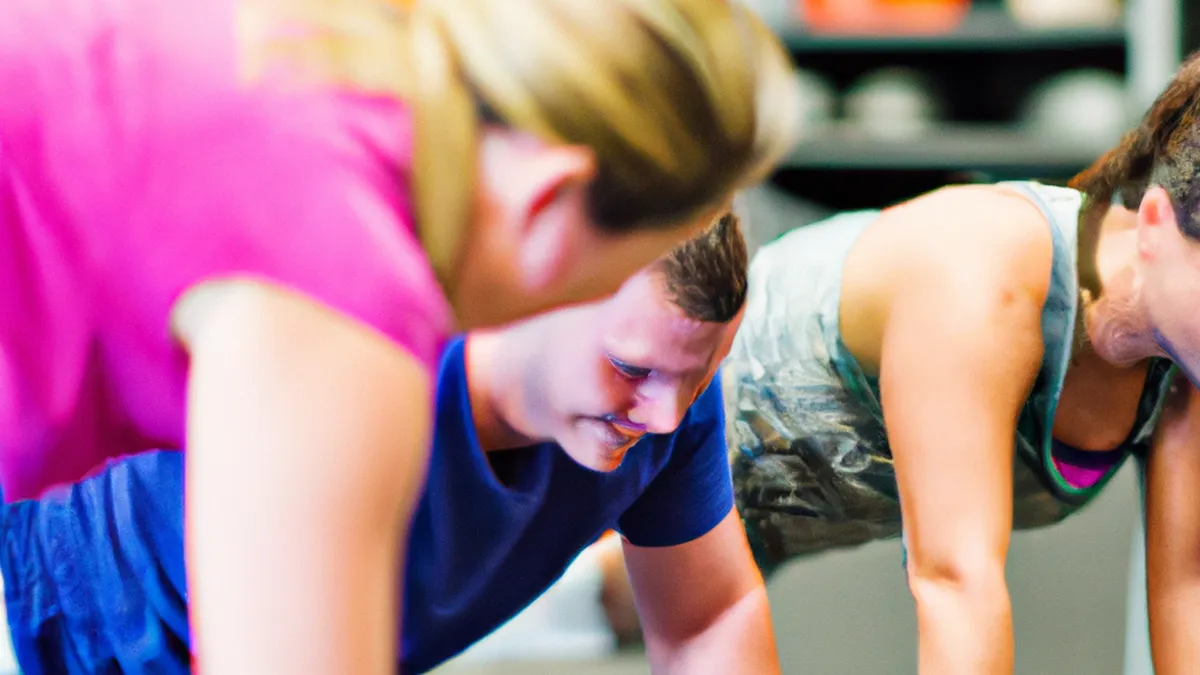Tailoring Fitness Plans for All Abilities
How to Build a Fitness Program for Individuals with Limited Mobility
Creating a fitness program for individuals with limited mobility presents challenges and rewards. Many face physical limitations due to age, injury, or medical conditions. Everyone deserves the chance to engage in physical activity. This blog post guides you in building an effective fitness program focused on accessibility, safety, and enjoyment.
Understanding Limited Mobility
Limited mobility means difficulties in movement. Conditions like arthritis, stroke, spinal cord injuries, or developmental disabilities often cause this. Understanding each individual’s situation is crucial for developing an effective fitness program. Each person has different capabilities and challenges, influencing their exercise options. Always consult a healthcare professional before starting a new program for safety.
Assess Individual Needs
Assessing the individual’s current abilities is essential before creating a fitness program. Discuss their limitations, preferences, and fitness goals. This dialogue helps design a personalized and enjoyable plan. Follow these steps for assessment:
1. Evaluate Current Fitness Level
Start with a simple assessment of strength, flexibility, and endurance. Use modified tests suitable for their abilities. Chair exercises can gauge upper body strength, while seated marches assess cardiovascular endurance. Tools like the Functional Independence Measure (FIM) or the Barthel Index can provide structured assessments.
2. Identify Preferences and Interests
Ask about activities they enjoy or have enjoyed in the past. Incorporating these preferences enhances motivation and adherence. If someone loves music, consider seated dance classes or chair aerobics. This approach makes exercise feel fun rather than a chore.
3. Set Realistic Goals
Establishing achievable, clear goals is vital for success. Help individuals set both short-term and long-term goals. For instance, a short-term goal could involve attending two exercise classes weekly. A long-term goal might focus on increasing range of motion or strength over three to six months. Regularly review and adjust these goals based on progress to keep individuals motivated.
Choose Appropriate Activities
Select exercises that accommodate mobility challenges for a successful fitness program. Focus on low-impact activities that remain safe and effective. Here are some options:
1. Seated Exercises
Seated exercises improve strength and flexibility without falling risks. Consider seated leg lifts, arm circles, and torso twists. These movements fit easily into daily routines and often require minimal or no equipment.
2. Resistance Training
Resistance training enhances muscle strength and overall functional ability. Use resistance bands or light weights that are manageable and adaptable. Start with one set of 8-10 repetitions and gradually increase as strength improves.
Conclusion
Create fitness programs that accommodate individual needs. Focus on safety, accessibility, and enjoyment to promote engagement.
Below are related products based on this post:
FAQ
What is limited mobility and how does it affect fitness options?
Limited mobility refers to difficulties in movement caused by conditions such as arthritis, stroke, or spinal cord injuries. It affects fitness options by requiring tailored exercises that accommodate individual capabilities and challenges, ensuring that activities are safe and effective.
How can I assess someone’s fitness level before creating a program for them?
Begin by evaluating their current fitness level through simple assessments of strength, flexibility, and endurance. Use modified tests suitable for their abilities, such as chair exercises for upper body strength or seated marches for cardiovascular endurance. Engaging in a dialogue about their limitations and preferences is also crucial.
What types of exercises are recommended for individuals with limited mobility?
Recommended exercises include seated exercises, such as leg lifts and arm circles, which improve strength and flexibility without the risk of falling. Additionally, resistance training with bands or light weights can enhance muscle strength and functional ability, starting with manageable sets and gradually increasing as strength improves.















Post Comment